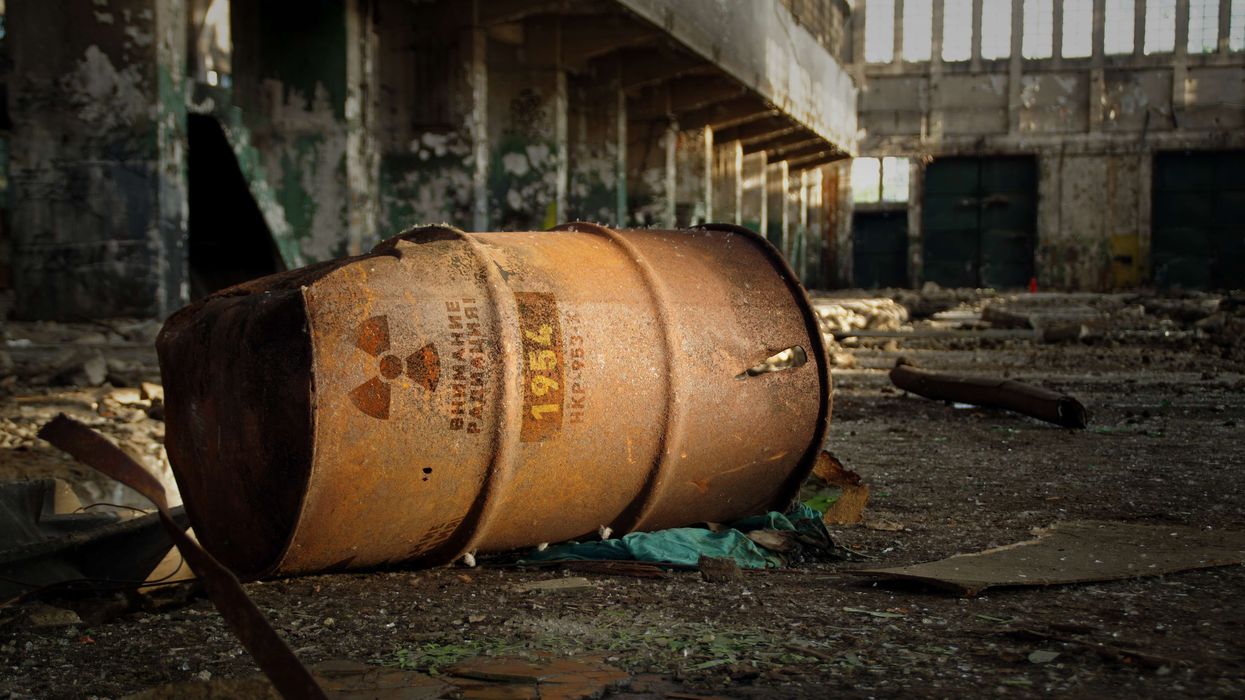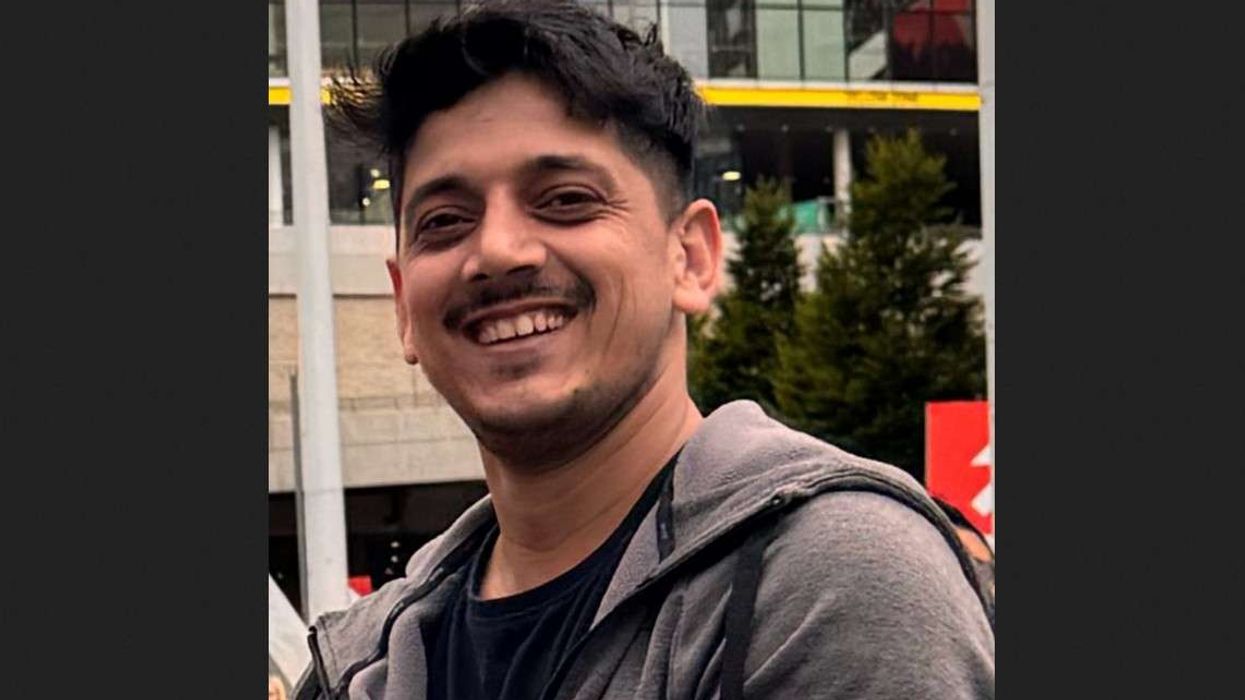NUMEROUS awards both at home and abroad make Akram Khan one of this country’s best known artists.
This year has been marked by two significant productions – one a TV show, which had a reach far beyond his customary constituency of dance; and another with his Akram Khan Company (AKC), which is currently touring internationally with its new work called Outwitting the Devil. Featuring six dancers and both live and recorded music, its trailer gives enough away to suggest it will be a huge hit.
Enigmatic, beautiful and slightly perplexing, it carries all the hallmarks of Khan’s innate genius – to seduce us into a world of shared connections and a future bound by a sense of optimism and hope.
Inspired by the recent discovery of a fragment of the Babylonian Epic of Gilgamesh, Khan says the new work is a concentrated epic about “ritual and remembering”. He adds: “Outwitting the devil invites us all to the table where life, death and our half remembered myths are the bread we break together.”
Meanwhile, fans of Khan - as well as a wider audience unfamiliar with his work as a dancer- will have watched with interest the Channel 4 documentary ‘The Curry House Kid’, screened in late April this year, which showed another facet entirely of this enigmatic artist.
Ostensibly a documentary about Khan growing and up working in his Dad’s Indian restaurant, it is about a lot more: identity, belonging and culture, and even patriarchy.
Like many restaurateurs who run curry houses in Britain, Khan’s father was from Bangladesh and made the young Khan a waiter.
It was all rather traumatic for Khan – the restaurant in Brick Lane was one of 67 curry houses (at its peak) that formed the Brick Lane curry mile in East London.
Today, many of those eateries have vanished. Just as other areas of Britain are losing their traditional curry houses, Brick Lane has given way to a very different aesthetic: hip, on trend and comfortable with cultural diversity.
But back in the day, as Khan painfully describes, the area was the preserve of a number of men who wanted to drink to near oblivion and then walk into the nearest curry house, order loads of food, drink more and then abuse the staff.
In the face of such provocation, many of the staff in these restaurants were forced to remain fairly passive. According to Khan this was because if the police were called, they tended to start questioning the waiters and owners rather than their abusers, some of whom Khan knew because he was at the local school with their children.
Khan found the experience difficult, to say the least, and found relief in dance – which eventually provided him with an escape route.
He studied Kathak under an exacting guru who had a worldwide reputation and his elevation to Associate Artist at Sadler’s Wells, Britain’s leading dance institution, showed just how far the kid who worked in an Indian restaurant and imagined being some kind of Michael Jackson pop dancer had come.
He was made an MBE in 2005 and has the distinction of winning more national dance awards from the Critics’ Circle than any other artist.







